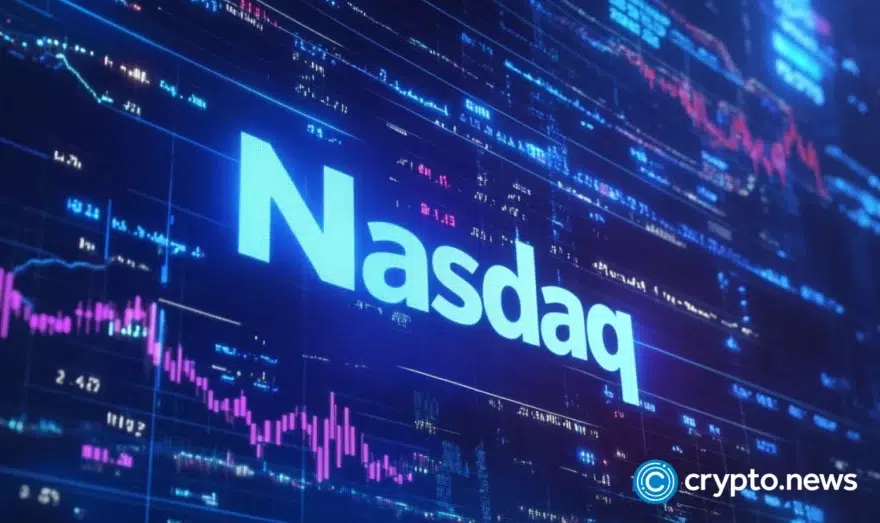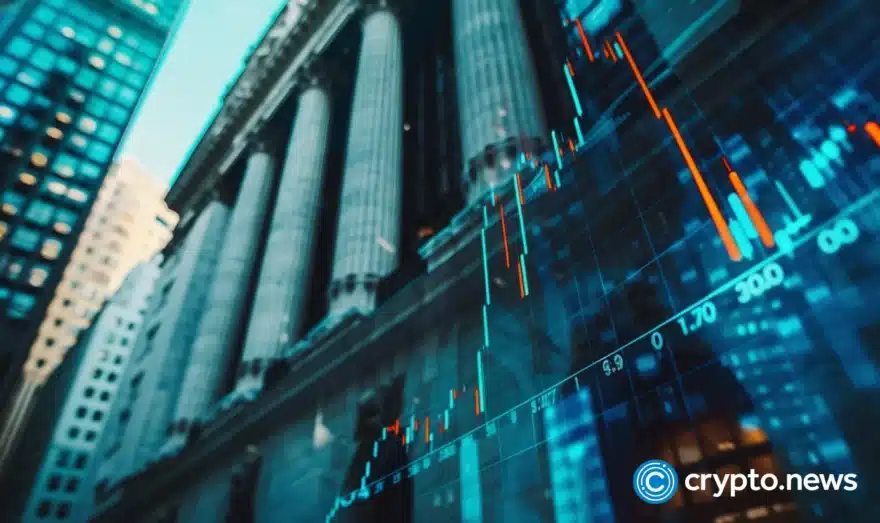Protecting digital assets: Custodial innovation for institutions | Opinion

Disclosure: The views and opinions expressed here belong solely to the author and do not represent the views and opinions of crypto.news’ editorial.
As custodial services adapt to new regulatory frameworks and technological advancements, the role of custodians becomes increasingly important. Not only in meeting stringent regulatory standards, but safeguarding investor assets both now and in the future.
Custody solutions can be broadly classified into two main categories. First, there are self-hosted products, where technology service providers offer custody as a service, often leveraging cutting-edge technology to manage and secure assets. Second, there are hosted products, which involve qualified custodians regulated under global frameworks, who adhere to set standards and provide an added layer of security through rigorous regulatory oversight—often, the preferred choice by institutions and their investors.
But nothing worthwhile is without its challenges. As custodial solutions continue to evolve and digital assets gain more traction among institutional investors, several key considerations have surfaced for those looking to enter the space—and stay in it.
Bankruptcy remoteness
The first sign of increased interest from institutions emerged when organizations started focusing on how custodians handle bankruptcy remoteness. This process involves legal and operational measures that shield client assets from the custodian’s creditors, safeguarding them should the custodian ever become insolvent.
In the absence of legislative clarification and updates to national insolvency legislation, many firms are proactively addressing these concerns by implementing internal controls, ensuring transparency, and segregating client assets from their own funds. Generally speaking, regulatory bodies in various regions are moving towards mandatory segregation of client assets from custodians’ funds, reducing the risk of possible entanglement in the custodian’s financial troubles.
For those familiar with common law, contracting under English law offers a robust safeguard. This legal framework allows assets to be held in a trust structure, ensuring they are not part of the custodian’s insolvency estate. The trust structure legally separates client assets from those of the custodian, providing a distinct trust estate inaccessible to the custodian’s creditors. This protection ensures that client assets can be promptly returned even if the custodian becomes insolvent.
Regulatory intervention will likely standardize asset segregation practices, but the road is long. Until then, the level of satisfactory segregation depends on institutional clients’ needs and custodians’ implementation capabilities. Complete segregation offers robust protection, but practical considerations and technological advancements like on-chain solutions are also important.
Liability provisions and insurance
Historically, custodians operated with liability provisions that were not widely disclosed, a norm that has changed with the rise of exchange-traded funds (ETFs) and similar investment vehicles. The need for greater transparency has been driven by these new financial products, which require the disclosure of material terms, including those related to custodial liability.
In traditional finance, obtaining insurance to cover potential liabilities is relatively straightforward, thanks to well-established relationships between financial institutions and insurers. However, the digital asset space presents unique challenges. From a variety, availability, and cost perspective, insurers struggle to assess the associated risks and, therefore, struggle to provide adequate cover.
As regulatory interest in the liability provisions of custodians has increased, there has been a push for mandatory contractual terms that extend beyond existing regulations. This means custodians might need to include more comprehensive provisions to address potential liabilities and enhance investor protection. Examples might include rigorous business continuity plans, disaster recovery procedures, and strict segregation of personnel and duties, as well as geographical distribution of key materials. However, imposing excessively strict (and often costly) requirements could result in unintended consequences. The balance between commercially viable business models and adequate protections is one that should not be destabilised by disproportionate regulatory requirements.
While balancing transparency, regulatory compliance, and practical operations remains a challenge, regulators should work closely with custodians, financial institutions, and industry experts to craft regulations that are comprehensive, practical, and do not stifle innovation.
Operational due diligence audits versus regulatory oversight
Outsourcing operational due diligence on counterparties has become increasingly common, with many firms now specializing in these assessments and reports at varying costs and quality. While transparency and effective procedural implementation are essential for the industry, an emerging issue is the over-reliance on these reports by industry stakeholders. This can hinder interactions with digital asset businesses and possibly create a false sense of security, noting that these data gatherings are voluntary and not subject to any standards.
Rebuilding trust is crucial in this scenario, but relying solely on third-party providers for evaluations may not provide the complete picture. These firms, however, bridge a gap since major audit firms still often refrain from engaging with digital asset firms due to their unfamiliarity with these new businesses.
To address these challenges, greater regulatory alignment and harmonisation are needed. The starting point being the introduction of comprehensive licensing and supervisory oversight regulatory regimes. Going one step further, ideally, regulators would adopt a recognition model like those used in other regulatory domains, ensuring that consistent standards are applied across different jurisdictions. This approach would help clients and stakeholders feel more confident, promoting uniformity in regulatory practices and enhancing overall trust in the digital asset ecosystem.
Building a resilient road ahead
The future of custodial services lies in balancing innovation with rigorous investor protection. By adhering to stringent regulatory standards and leveraging advanced technological solutions, custodians will continue to play a vital role in ensuring the integrity and safety of assets within the digital economy. While challenges remain, ongoing collaboration between regulators, custodians, and industry experts will be essential for further innovation. By fostering a regulatory environment that supports innovation while safeguarding investor interests, the digital asset space can achieve greater stability, trust, and growth, paving the way for a more secure and resilient financial future.














